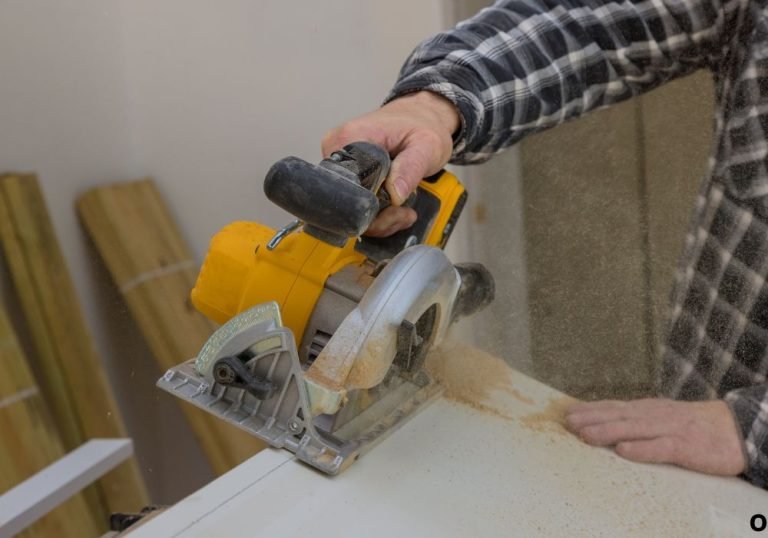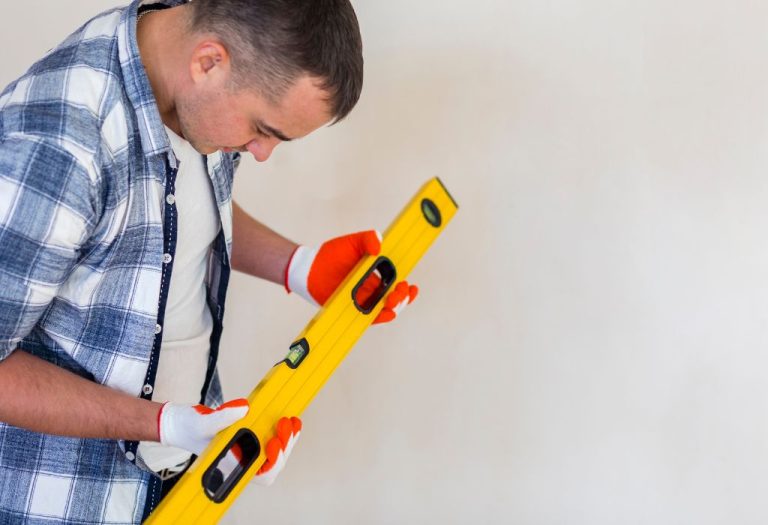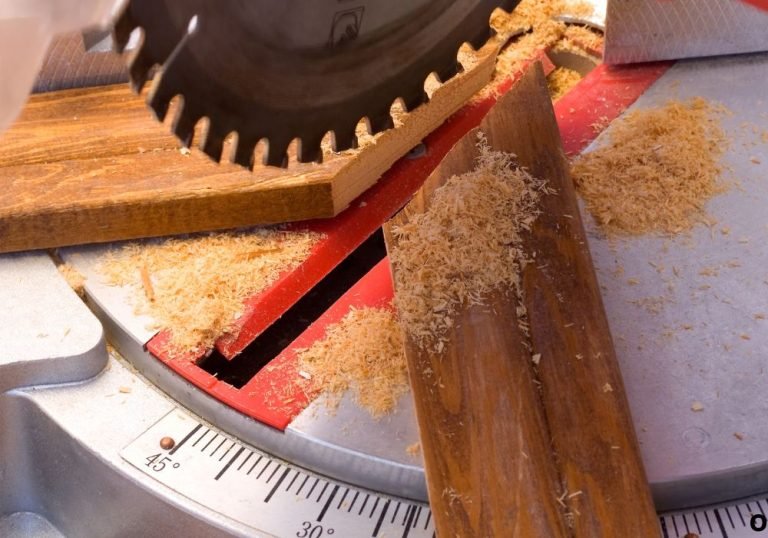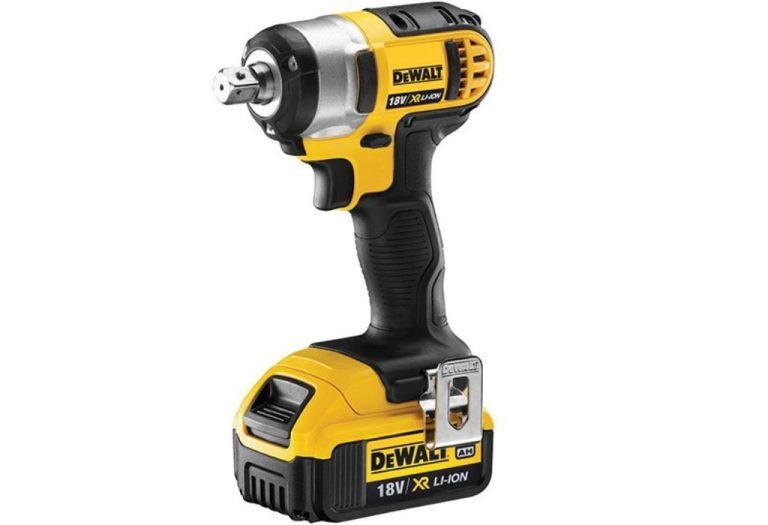Do You Need a Stud Finder to Hang Curtains Safely?
Many people install curtain rods with excitement only to watch them fall days later, leaving cracked drywall and damaged screws.
The problem often comes from hanging heavy drapes without anchoring the brackets into a stud, causing walls to give way under the weight.
A stud finder is designed to locate solid framing behind drywall or plaster so your screws grip into strong wood instead of fragile wallboard.
Without one, many homeowners rely on guesswork or anchors that may not hold securely for long-term use.
This raises the common question: do you really need a stud finder to hang curtains, or are there safe alternatives?
The answer depends on curtain weight, wall type, and the tools you have available, since not every project requires the same level of support.
Improper installation can lead to costly repairs, with U.S. homeowners spending over $3 billion annually on drywall damage repairs (HomeAdvisor).
By understanding when a stud finder is necessary and when alternatives work, you can safely hang curtains that look stylish and stay firmly in place.
What Is a Stud Finder and Why It Matters?
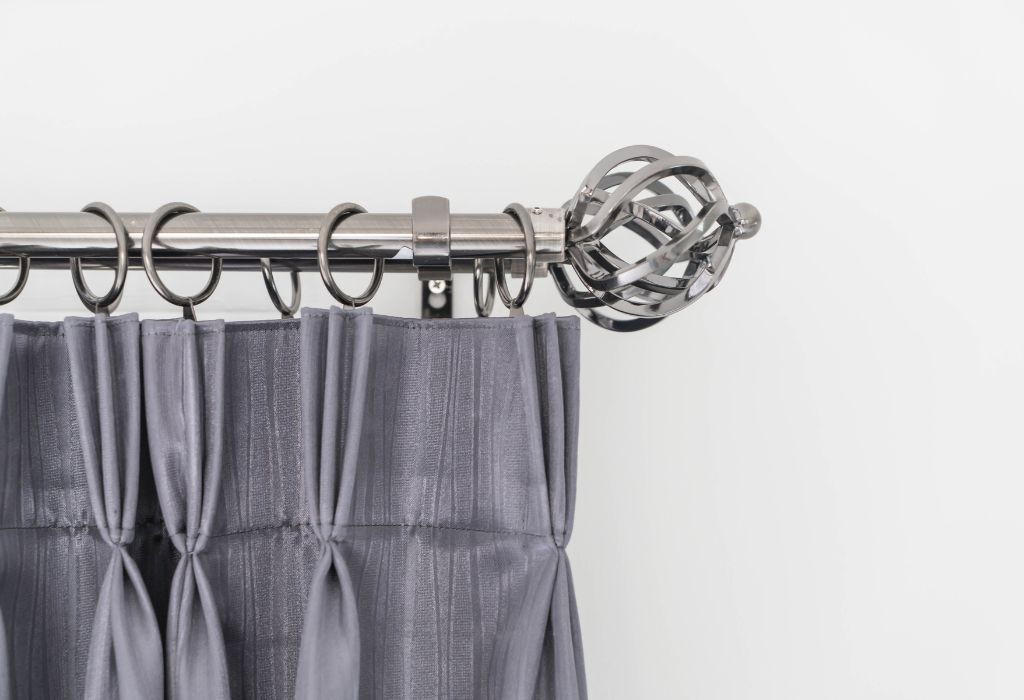
A stud finder is a handheld tool that locates wooden studs or framing members hidden behind drywall or plaster.
Magnetic stud finders detect nails or screws, while electronic stud finders identify density changes in the wall.
Using a stud finder ensures that curtain rods are anchored into solid wood instead of weak drywall.
This makes installations more durable, especially when handling heavy fabrics like blackout curtains.
What is a stud finder?
It is a device that detects studs hidden behind drywall or plaster.
Why do curtains need studs?
Studs provide strong support to hold brackets and curtain rods securely.
Can you hang curtains without one?
Yes, but it requires using heavy-duty drywall anchors or alternative methods.
Are magnetic and electronic stud finders different?
Yes, magnetic models detect metal fasteners, while electronic ones sense wall density.
Do all walls have studs?
Yes, though placement and spacing vary, typically every 16–24 inches.
Do You Really Need a Stud Finder for Hanging Curtains?
Whether you need a stud finder depends on your wall type, curtain weight, and preferred installation method.
Heavy drapes benefit from stud support, while lightweight curtains often stay secure with anchors.
Stud finders make the process faster and reduce the risk of misaligned holes.
However, experienced DIYers sometimes rely on measurement methods or other tools instead.
Is a stud finder always required?
No, but it guarantees the strongest and safest installation.
What if my curtains are light?
Light curtains can often be hung using drywall anchors.
Do heavy drapes need studs?
Yes, because their weight can pull screws out of drywall.
What about rental apartments?
Stud finders reduce mistakes and prevent unnecessary wall damage.
Can professionals skip using one?
Some can, but even pros often use stud finders for accuracy.
Tools and Materials for Safe Curtain Installation
The right tools make curtain installation easier and safer, whether or not you use a stud finder.
Common essentials include a drill, measuring tape, level, brackets, screws, and anchors for drywall or plaster walls.
A stud finder adds speed and accuracy, but even without one, precise measuring is crucial.
For plaster walls, toggle bolts or molly bolts may be necessary instead of standard anchors.
What tools are mandatory?
At minimum, you need a drill, screws, brackets, and measuring tape.
Is a level really necessary?
Yes, it keeps the curtain rod straight across the window.
Can I use nails instead of screws?
No, nails cannot handle the weight of curtain rods.
Do plaster walls need special anchors?
Yes, toggle bolts and molly bolts work better than plastic anchors.
Should I buy heavy-duty rods?
Yes, strong rods prevent sagging under heavy fabric.
Step-by-Step: Hanging Curtains With a Stud Finder
Start by using a measuring tape to mark where you want the curtain brackets above the window frame.
Next, move the stud finder along the wall to locate studs, marking them with a pencil.
Pre-drill pilot holes into the stud to prevent splitting and make screw installation smoother.
Finally, mount the brackets with long screws, ensuring they are level before attaching the curtain rod.
How far apart are studs usually?
They are typically 16 to 24 inches apart.
Where should brackets be placed?
Three to six inches above the window frame works best.
Do I drill directly into the stud?
Yes, use pilot holes to protect wood from splitting.
Should I use long screws?
Yes, screws at least 2 inches long are recommended.
Can I hide mistakes?
Yes, patch holes with wall filler and paint over them.
How to Hang Curtains Without a Stud Finder
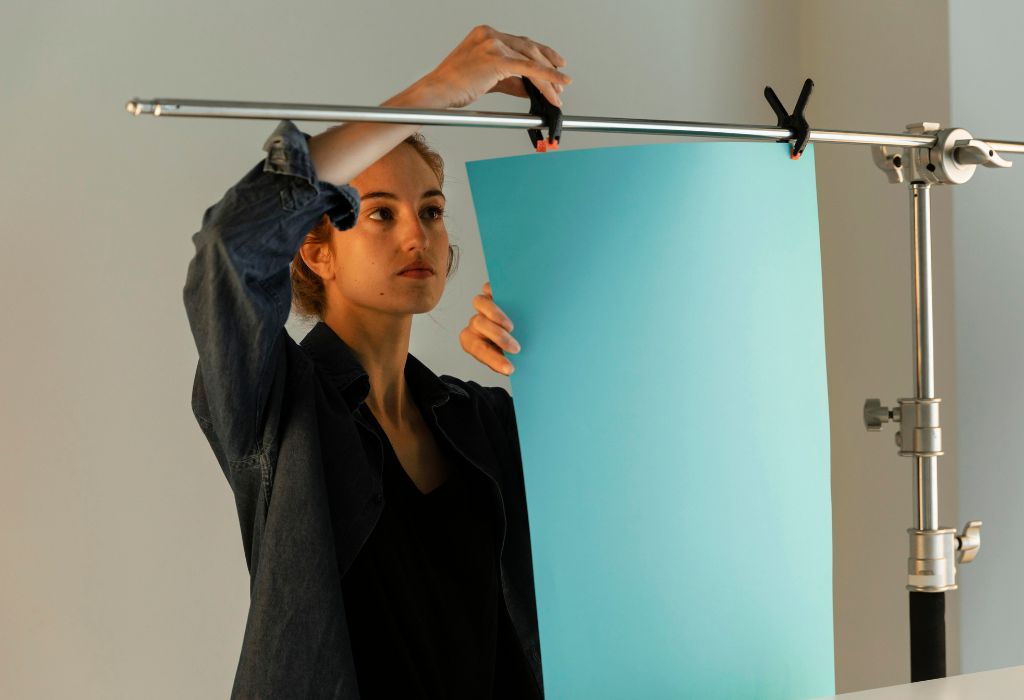
If you don’t own a stud finder, you can still hang curtains using measurement methods and drywall anchors.
Measure 16 inches from a wall corner or check near outlets, since studs are usually aligned with them.
Tapping on the wall to detect hollow sounds versus solid areas can also help locate studs.
When studs cannot be found, heavy-duty anchors or toggle bolts can provide reliable support.
Can drywall anchors hold curtain rods?
Yes, but only for lighter curtains and rods.
What’s the easiest alternative to a stud finder?
Measure 16 inches from a corner or use outlets as a guide.
Is wall tapping reliable?
It works sometimes but is less accurate than a stud finder.
Do tension rods avoid the problem?
Yes, tension rods work inside the window frame without drilling.
Can I use adhesive hooks?
Yes, but only for very lightweight curtains.
Common Mistakes to Avoid
Many curtain rods fail because homeowners underestimate the weight of their drapes.
Others skip pre-drilling or use screws that are too short for proper anchoring.
Installing brackets too close to the edge of drywall weakens support and increases breakage risk.
Using plastic anchors for heavy fabrics often leads to brackets pulling out of the wall.
Why do rods keep falling?
They are not properly anchored into studs or strong supports.
What happens if I use short screws?
They pull out under the curtain’s weight.
Is eyeballing placement enough?
No, measuring ensures level and aligned brackets.
Do plastic anchors work well?
Not for heavy curtains; metal or toggle anchors are stronger.
Can I skip pilot holes?
No, skipping them risks splitting studs or drywall.
Professional Tips for a Stronger Installation
Professional installers often add extra brackets for wide windows to reduce sagging.
They also use longer screws and reinforced rods for heavy drapes.
Considering wall material is important since brick requires masonry bits and plugs, while plaster needs toggle bolts.
In some cases, professionals recommend custom rods that distribute weight more evenly.
Should I add extra brackets for wide windows?
Yes, middle brackets prevent sagging.
Is brick installation different?
Yes, masonry bits and anchors are required.
Can I reuse old holes?
Only if the anchor or stud is still solid.
Do I need power tools?
A drill is recommended for best results.
Is hiring a pro worth it?
Yes, for very heavy curtains or fragile walls.
Trends and Innovations in Curtain Hanging Tools
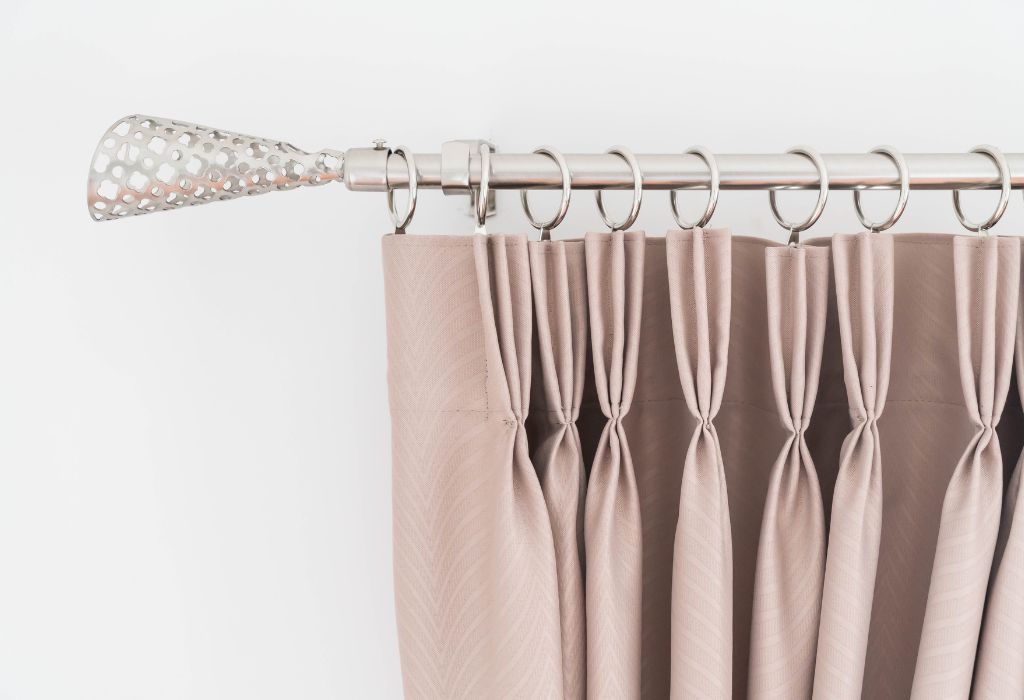
New digital stud finders use LCD screens and sensors for greater accuracy.
Some models even detect electrical wiring to prevent accidental drilling hazards.
Modern drywall anchors are stronger, reusable, and capable of holding heavier weights than older designs.
Adjustable brackets and tension systems make curtain installations faster and more flexible for DIYers.
Are digital stud finders better?
Yes, they detect studs and wiring more accurately.
Can new anchors hold more weight?
Yes, modern designs can support over 100 pounds.
Is DIY curtain hanging easier today?
Yes, thanks to improved tools and kits.
Do smart tools reduce mistakes?
Yes, digital stud finders improve precision.
Will traditional methods disappear?
No, but smart tools are increasingly popular.
Conclusion
A stud finder is not always required to hang curtains, but it ensures the strongest and safest results.
Heavy curtains benefit from stud-mounted brackets, while light curtains can often be hung with anchors.
The right tools—measuring tape, level, drill, and proper anchors—make a big difference in avoiding costly mistakes.
By planning carefully and choosing the correct method, you can hang curtains that look beautiful and remain secure.
Whether you rely on a stud finder or an alternative method, safe installation prevents wall damage and ensures your curtains stay in place for years.
Investing in quality tools and hardware is the best way to combine style with long-lasting stability.

I’m Michael R. Turner, the founder, lead writer, and passionate DIY enthusiast behind 101diytools.com. With years of hands-on experience in home improvement and power tools, I built this platform to share practical tips, in-depth guides, and honest reviews to help DIYers of all skill levels tackle projects with confidence and the right tools.

